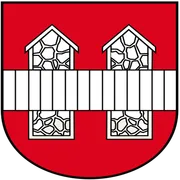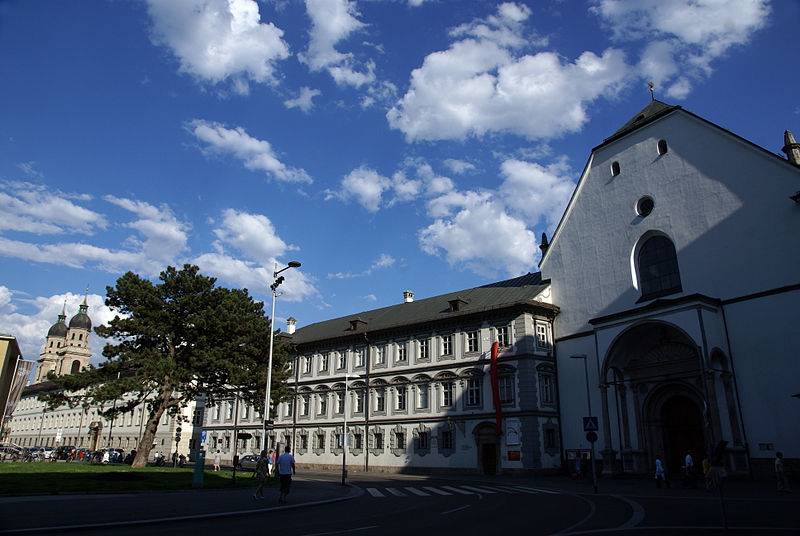Nestled in the heart of Innsbruck, Austria, the Tyrolean Folk Art Museum offers visitors a captivating journey through the rich cultural heritage of the Tyrol region. While the museum boasts an impressive collection of artifacts spanning centuries, it’s the traditional costume exhibit that truly steals the show. As you step into this section of the museum, you’re immediately transported to a world of intricate embroidery, vibrant colors, and meticulous craftsmanship.
The exhibit showcases an extensive array of Trachten, the traditional clothing worn by Tyroleans for centuries. These outfits are not just pieces of fabric; they’re a testament to the region’s history, social structures, and artistic prowess. As you wander through the displays, you’ll notice that each costume tells a unique story, reflecting the specific valley or town it originates from.
One of the first things that catches your eye is the women’s dirndl, a classic Alpine dress that has become synonymous with Tyrolean culture. The museum’s collection features dirndls from various periods, allowing visitors to observe how the style has evolved over time. From simple, practical designs worn by farmwomen to elaborate, ornate versions donned by the upper classes, the diversity of these dresses is truly remarkable.
Moving on, you’ll encounter the men’s traditional attire, including the iconic lederhosen. These short leather breeches, often adorned with intricate embroidery, are paired with crisp white shirts, wool jackets, and sturdy shoes. The museum’s collection showcases how lederhosen have transformed from everyday workwear to a symbol of Tyrolean identity and pride.
As you delve deeper into the exhibit, you’ll discover that Tyrolean costumes are not just about clothing. Accessories play a crucial role in completing the traditional look. Elaborate hats, adorned with feathers, flowers, or even animal tails, sit proudly on mannequin heads. Intricately designed belts, some featuring ornate silver buckles, catch the light and draw your attention. The level of detail in these accessories is astounding, highlighting the skill and dedication of Tyrolean artisans.
One particularly fascinating aspect of the costume exhibit is the way it illustrates the social hierarchy of bygone eras. The quality of materials, complexity of designs, and abundance of ornamentation all served as indicators of the wearer’s status. As you compare the simple, sturdy garments of farmers with the lavish, silk-adorned outfits of the nobility, you gain a deeper understanding of Tyrolean society’s structure and values.
The museum doesn’t just present these costumes as static displays. Interactive elements throughout the exhibit bring the traditions to life. Video installations show how the garments were worn and used in daily life, while audio guides offer insights into the symbolism behind certain design elements. For those who want a more hands-on experience, there are even opportunities to try on replicas of traditional hats or feel the texture of different fabrics used in costume-making.
As you near the end of the exhibit, you’ll find a section dedicated to modern interpretations of Tyrolean costumes. This fascinating display demonstrates how traditional elements are being incorporated into contemporary fashion, ensuring that this rich cultural heritage continues to evolve and remain relevant in today’s world.
Visiting the traditional costume exhibit at the Tyrolean Folk Art Museum is more than just a visual treat; it’s an immersive journey through time and culture. As you leave the museum, you’ll carry with you a newfound appreciation for the artistry, craftsmanship, and cultural significance of Tyrolean traditional dress. Whether you’re a fashion enthusiast, history buff, or simply curious about Alpine culture, this exhibit offers a unique and enriching experience that shouldn’t be missed when in Innsbruck.
The Tyrolean Folk Art Museum in Innsbruck, Austria, stands as a vital repository of the region’s cultural heritage. It showcases an extensive collection of traditional Tyrolean artifacts, including furniture, costumes, religious objects, and everyday items from rural life. The museum’s exhibits offer visitors a comprehensive insight into the customs, craftsmanship, and social history of Tyrol from the Middle Ages to the early 20th century. Through its carefully curated displays and authentic reconstructions of historical interiors, the museum plays a crucial role in preserving and promoting Tyrolean folk traditions for future generations, making it an essential destination for those seeking to understand the rich cultural tapestry of the Alpine region.

